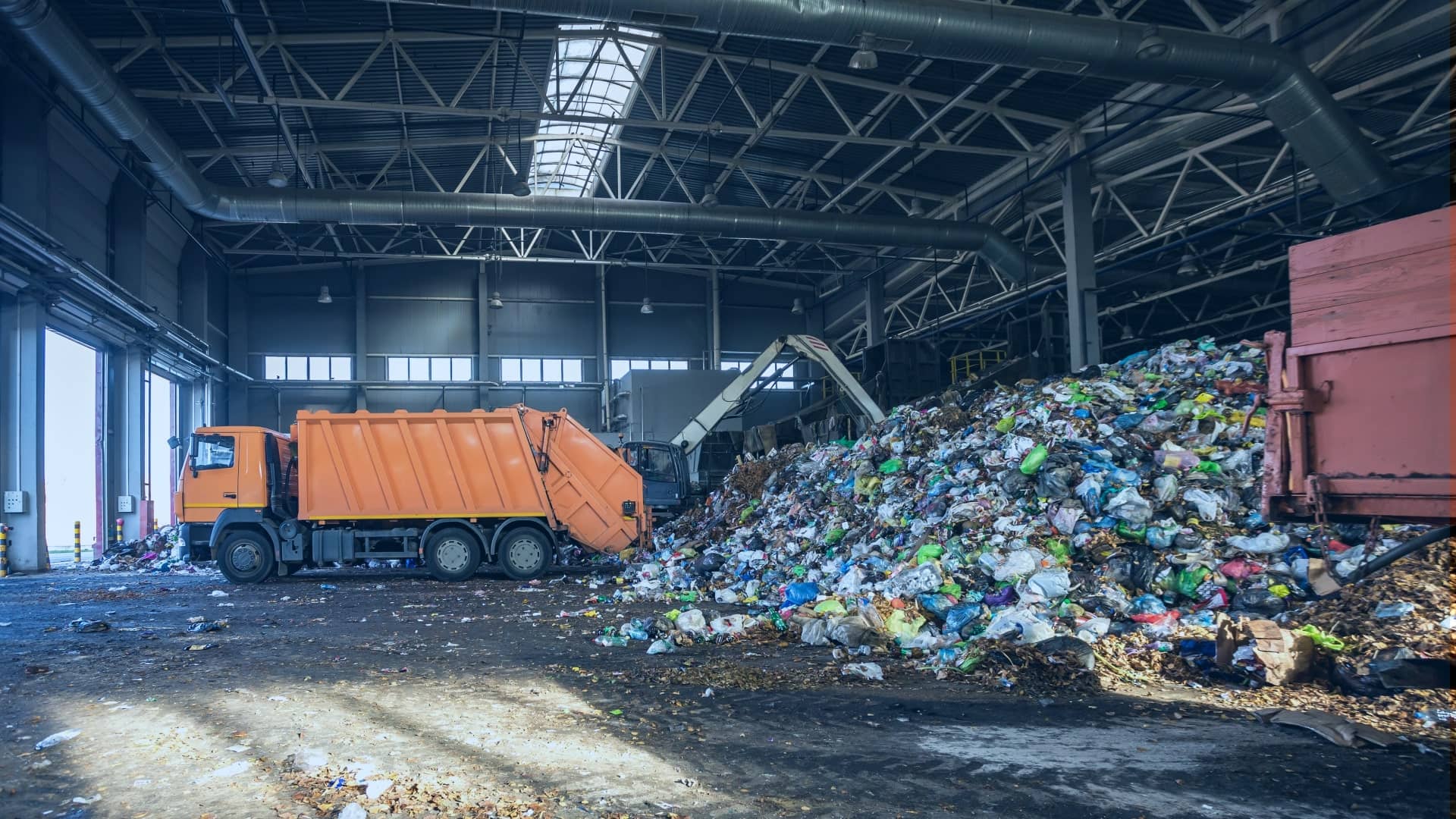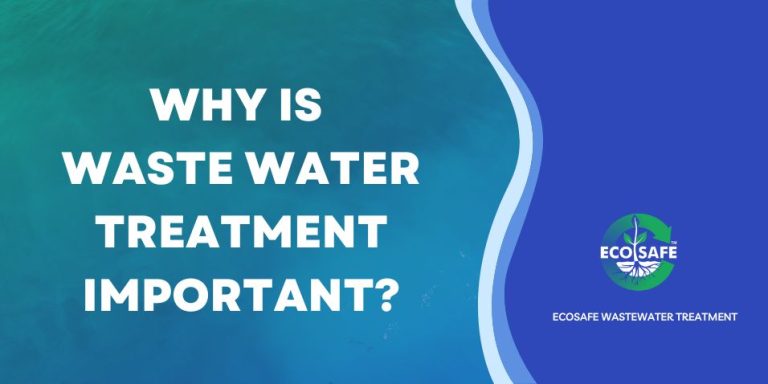All about Reclaim Waste
All about Reclaim Waste
Blog Article
Things about Reclaim Waste
Table of ContentsReclaim Waste - An OverviewReclaim Waste - The FactsReclaim Waste Fundamentals ExplainedGetting The Reclaim Waste To WorkGetting My Reclaim Waste To Work
Explore the types, occurrences, and forms of fluid waste. Residential sewage waste describes the waste and items from a domestic septic tank. This kind of waste is developed by people in homes, colleges, and other buildings. This only includes septic systems that have a drain field. The correct management and disposal of residential sewage waste call for fluid waste to be moved to a sewage treatment plant where the appropriate techniques and tools are applied to detoxify and take care of waste.
Industrial waste typically includes prospective hazards, such as combustible materials or a mixture of fluid and strong waste products, and needs an advanced and comprehensive disposal procedure. The disposal of industrial waste typically involves the purification of waste before transport to make certain safe and proper disposal. Industrial waste is created from results and overflow of commercial procedures and production.
This type of waste can not make use of the very same sewer management transportation or processes as septic or commercial liquids. The hazardous waste management process needs the examination and screening of fluid waste prior to it goes through the disposal procedure (liquid waste removal). Overflow waste is the liquid waste that comes from drainage and excess stormwater in very populated areas or cities
Overflow waste can trigger contamination and flooding if not managed effectively. Guaranteeing appropriate waste management can prevent calamities and lower ecological harm.
Rumored Buzz on Reclaim Waste
Contact PROS Services today to discover our waste management and disposal services and the correct means to look after the liquid waste you create.
(https://www.slideshare.net/leonaube33101)Do you recognize what takes place to your water when you disengage, flush the toilet or drain the washing equipment? No? Well, it deserves knowing. This supposed 'wastewater' is not only a vital source but, after therapy, will be launched to our land, rivers or the ocean. Made use of water from bathrooms, showers, bathrooms, kitchen area sinks, laundries and industrial processes is called wastewater.

water made use of to cool down machinery or clean plant and tools). Stormwater, a form of wastewater, is overflow that moves from agricultural and metropolitan locations such as roofings, parks, yards, roads, paths and gutters right into stormwater drains pipes, after rain. Stormwater streams neglected straight to local creeks or rivers, ultimately getting to the sea.
Our Reclaim Waste Statements
In Queensland, a lot of wastewater is dealt with at sewer treatment plants. Wastewater is transferred from residential or industrial websites through a system of drains and pump terminals, referred to as sewerage reticulation, to a sewer therapy plant. Local federal governments construct, preserve and operate most sewer therapy plants. Operators are licensed under the Environmental Defense Act 1994 to release treated wastewater at an acceptable environmental standard right into rivers.
The Department of Natural Resources advises city governments concerning handling, operating and maintaining sewage systems and therapy plants. In unsewered areas, neighborhood federal governments may require householders to install specific or house sewer therapy systems to deal with residential wastewater from toilets, cooking areas, shower rooms and laundries. The Division of Natural Resources authorizes making use of house systems when they are verified to be reliable.
The majority of stormwater obtains no therapy. In some new communities, treatment of some stormwater to remove clutter, sand and gravel has started using gross toxin traps. Wastewater therapy happens in four phases: Removes strong issue. Bigger solids, such as plastics and various other items incorrectly released to sewers, are gotten rid of when wastewater is travelled through displays.
Wastewater then streams right into large containers where solids settle and are eliminated as sludge. Oil and scum are skimmed from the surface area. Makes use of tiny living microorganisms knows as micro-organisms to break down and get rid of remaining liquified wastes and great bits. Micro-organisms and wastes are included in the sludge. Eliminates nitrogen and phosphorus nutrients that could create algal flowers in our waterways and endanger water life.
Not known Factual Statements About Reclaim Waste
Nutrient navigate to this site elimination is not available at all sewage treatment plants since it requires costly specialized tools. Clear fluid effluent created after treatment might still consist of disease-causing micro-organisms - industrial wastewater treatment.

Many wastewater flows right into the sewerage system. Under the Act, local federal governments administer approvals and permits for ecologically pertinent activities (Periods) involving wastewater releases that could have a regional influence.
Some Known Details About Reclaim Waste
Or else, examples are considered laboratory analysis. Commonly many tests are needed to establish the levels of each of the various pollutants such as oils, heavy metals and chemicals in water. Surveillance supplies valid information concerning water high quality and can verify that licence problems are being fulfilled. The information acquired via monitoring offers the basis for making water top quality choices.
Report this page